and
RESEARCH SPOTLIGHT The Future of Food
The Tufts University Center for Cellular Agriculture (TUCCA) the world’s first university-wide cellular agriculture program brings together expertise from across Tufts’ schools and centers to tackle one of the most complex humanitarian challenges in decades.
That challenge: Building a healthy, sustainable food system to meet the nutritional and food security needs of a population expected to reach 9.7 billion by 2050, along with a doubling of meat consumption over that same period.
Cellular agriculture, the cultivation of agricultural commodities from cells rather than from whole animals, is still a very young field. Awarded $10M by the USDA to establish the first-ever National Institute for Cellular Agriculture, TUCCA is leading the effort to overcome fundamental technical hurdles, develop standards, and share knowledge to engineer the food of the future.
At Tufts, a team of scientists led by Distinguished University Professor David Kaplan (pictured left with a member of his lab) is driving advances in tissue engineering and related biotechnologies that underlie this work. TUCCA unites this effort with other critical areas of Tufts expertise, including strengths in nutrition innovation and livestock research.

TUCCA has launched a consortium of leading cellular agriculture companies and nonprofit entities to engage in pre-competitive research that will advance the field.
What is taking shape today at Tufts is the start of an entirely new agricultural industry one that requires neither the slaughter of farm animals nor the high environmental impact of clearing land or the substantial demands of waste management.
We are placing the building blocks of a strong foundation for a future-forward food system that is secure, sustainable, and equitable for generations to come.
TUFTS RESEARCH By the Numbers
$223M+ Award expenditures (FY22)
570 Awards (FY22)
85 Invention disclosures (FY22)
3,600+ Faculty publications (SINCE 2021)
7 Technology startups founded on Tufts IP (FY22)
1
Number of U.S. universities with schools of arts and sciences, engineering, fine arts, global affairs, civic life, and the health sciences (including medicine, dental medicine, veterinary medicine, and nutrition science and policy)
RESEARCH & INNOVATION AT TUFTS
A Truly Distinctive Ecosystem — Designed for Impact
Tufts is a community of highly active researchers and scholars driving innovation and discovery that lead to meaningful impact for individuals the world over and society as a whole. Collaborating across disciplines and with communities around the world, our faculty and students have the world’s greatest challenges squarely in their sights.
From fighting zoonotic disease to developing renewable energy solutions, our research priorities are ambitious and imaginative, generating new knowledge that effects positive change on a national and global scale.
We drive thinking and research forward to advance scholarship and to innovate in pursuit of solutions to daunting problems. We ask questions in new ways and seek answers that draw upon the expertise of scholars and researchers from our distinctive combination of schools. We also partner with diverse stakeholders from beyond the academy.
And by engaging our exceptional students in all aspects of this impact enterprise, Tufts is producing the scholars and innovators of tomorrow.
Read on to learn more about what makes Tufts unique and how to partner with us to achieve your goals to make a brighter world.
Tufts is an Association of American Universities (AAU) member and, as a very high research activity institution, has the R1 designation in the Carnegie Classification.
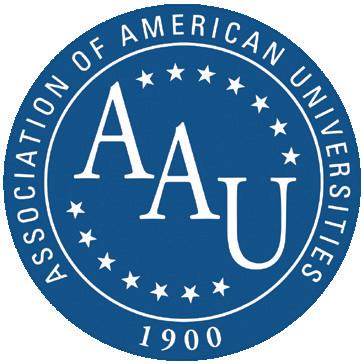
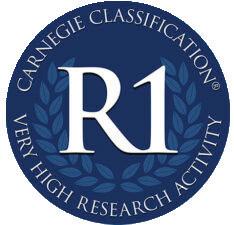
School of Arts and Sciences
Graduate School of Arts and Sciences
Graduate School of Biomedical Sciences
Cummings School of Veterinary Medicine
School of Dental Medicine
School of Engineering
The Fletcher School
Friedman School of Nutrition Science and Policy
Jean Mayer USDA Human Nutrition Research Center on Aging
School of Medicine
School of the Museum of Fine Arts
Tisch College of Civic Life
University College
A Future Reimagined by Tufts
Research actively underway across our campuses has the potential to:
• Rewrite life’s morphogenetic code toward a future of regenerative medicine
• Promote healthy aging with the help of AIenabled nutrition research — and improve health outcomes through precision nutrition
• Develop more equitable and sustainable responses to migration and its root causes
• Significantly reduce CO₂ release through single-atom catalysis
• Build a robust, inclusive democracy for an increasingly multiracial society
• Expand our understanding of cancer’s viral basis and offer new treatments to advance both human and animal health
• Use silk technology to expand possibilities in nanotech, wearables, biomedical devices, optics, and design
• Make our lives better and safer through combinations of robotics, machine learning, and AI
• Explore meanings of race that influence research and education in many disciplines
• Eliminate new cases of Lyme disease by 2030
• Advance health justice through transdisciplinary research leveraging our strengths across the translational spectrum
And that’s just the beginning.
THE PEOPLE OF TUFTS
An Engine for Research-Driven Solutions
Our people are what make Tufts a world-class research institution.
Our faculty are scholars and researchers of international renown and extraordinary distinction. They are members of major academies and learned societies. They have won recognition ranging from Guggenheim Fellowships to the Pulitzer Prize.

Our graduate students and postdoctoral scholars deepen their knowledge within their chosen field and engage with scholars and innovators across the university to advance research and scholarship.
And our high-achieving undergraduate students benefit from the resources of a major research university coupled with the support of a liberal arts college. What unites them all?
Tufts faculty and students share a commitment to generating bold ideas and applying those ideas to the complex challenges of our time.
Postdoctoral scholars at Tufts
TUFTS FACULTY ARE MEMBERS OF THE:
We share our expertise.
• Our faculty inform policy on topics ranging from health and nutrition to climate change and sustainability, including wind energy.
• Our applied research program on elections, voting, and electoral districting is a critical resource in national efforts to improve elections.
• On complex water challenges, our experts guide responses on resource needs and related issues in agriculture, energy, security, and public health.
We innovate for new knowledge and solutions.
• Our researchers have built the world’s first biological living robots, with potential therapeutic applications.
• Tufts scholars have pioneered the digital humanities, with the application of digitally enabled media to the study of the human record.
• Tufts researchers have devised a method for targeting cancer in mice that eliminates tumors and prevents their recurrence.
• Our faculty and alumni are transforming the study and practice of international affairs, leading at the intersections of the most complex global challenges.
We make an impact.
• First, our researchers eradicated cattle plague now, the work of Tufts researchers has led to the testing of a potent mRNA-based cancer vaccine.
• Our community has addressed urgent global needs with real-time crisis-response mapping and has undertaken humanitarian efforts to evacuate Afghan refugees.
• Our researchers partner with a diverse range of stakeholders in devising solutions on topics ranging from obesity and infectious disease to voting and peace.
Investing in Our Researchers
Internal funding sources like Tufts Springboard and Tufts Initiative on Substance Use and Addiction support projects with an explicit plan for extramural funding and the promise of lasting contributions to our mission.
Initiatives like these represent Tufts’ direct investment in the inspiration of our researchers and their potential to catalyze research to make a difference in the world around us.
Areas of Strength with World-Changing Results
Tufts’ world-class researchers work across boundaries to produce knowledge for the benefit of society.
Tufts invests in our areas of research strength. We welcome partnerships in these and our other domains of expertise to bring us ever closer to our shared goal of innovative solutions to global concerns:
CLIMATE CHANGE
To address global climate change with transformative solutions, our researchers are collaborating across Tufts’ strengths in policy, agriculture, biology, engineering, and economics. Current Tufts projects are driving advances in offshore wind energy, grid integration, sustainable food systems, agriculture, and U.S. and international climate policy.
HEALTH
Across our schools, Tufts has a penetrating focus on biomedical research, generating bench-to-bedside successes to improve health. Tufts’ efforts combine expertise from across disciplines and insights from communities to significantly increase the impact of health research at Tufts and beyond.
In addition to its leadership on research related to aging, Tufts is in the vanguard on antimicrobial resistance, with our researchers working across human and veterinary medicine to protect humanity from this global threat. Other areas of our health expertise include obesity, prevention and treatment of addiction and substance use, and experimental research to combat infectious diseases.
$3.2M
Tufts’ investment in these priorities
+$60M
ROI in extramural funding
INVENTION AND TRANSLATION
In emerging fields like AI and data science and machine learning, Tufts capitalizes on an innovative culture in which our researchers forge solutions to the most critical challenges of our time.
Two illustrations among many:
The interdisciplinary team of the Laboratory for Living Devices drives scientific discovery at the intersection of materials science, chemistry, environmental science, engineering, human health, and the arts. Their efforts are designed to unlock the unique properties of natural materials to reduce our carbon footprint, protect water, recuperate soil and land, and restore value in rural communities, among other real-world applications.
As governments race to develop wind energy, a thriving research community is conducting Tufts-led research related to offshore wind and wave power infrastructure, supply chain, and transmission. New jobs are emerging as the U.S. demand for offshore wind professionals with graduate-level training surges. From turbine research and structural engineering to policy, Tufts is marshaling its strengths in collaboration and innovation to advance this frontier.
SOCIAL JUSTICE AND CIVIC ENGAGEMENT
In the Jonathan M. Tisch College of Civic Life, Tufts has the nation’s only university-wide college of its kind, dedicated to the study and promotion of the civic and political engagement of young people in our communities and in our democracy.
Among other research in this area, Tufts is home to Culture, History, and Translation, an experimental co-learning space that takes the broad category of race as its central concern, and explores the meanings of race and its implications for research and education across different disciplinary knowledge systems.
In its focus on protecting Black women through the birthing experience by advocating for equitable quality care, Tufts’ newly launched Center for Black Maternal Health and Reproductive Justice marries
Tufts’ health expertise with our commitment to social justice.
FOR RESEARCHERS AND PARTNERS
Resources That Propel Discovery I
n addition to more than 45 interdisciplinary centers and institutes focused on topics ranging from medicine, science, and technology to animals and the environment, Tufts has a robust collection of resources, both physical and intellectual, that empower our researchers and partners to do their best work. A small selection of these resources include those listed below.
Core facilities available to external researchers
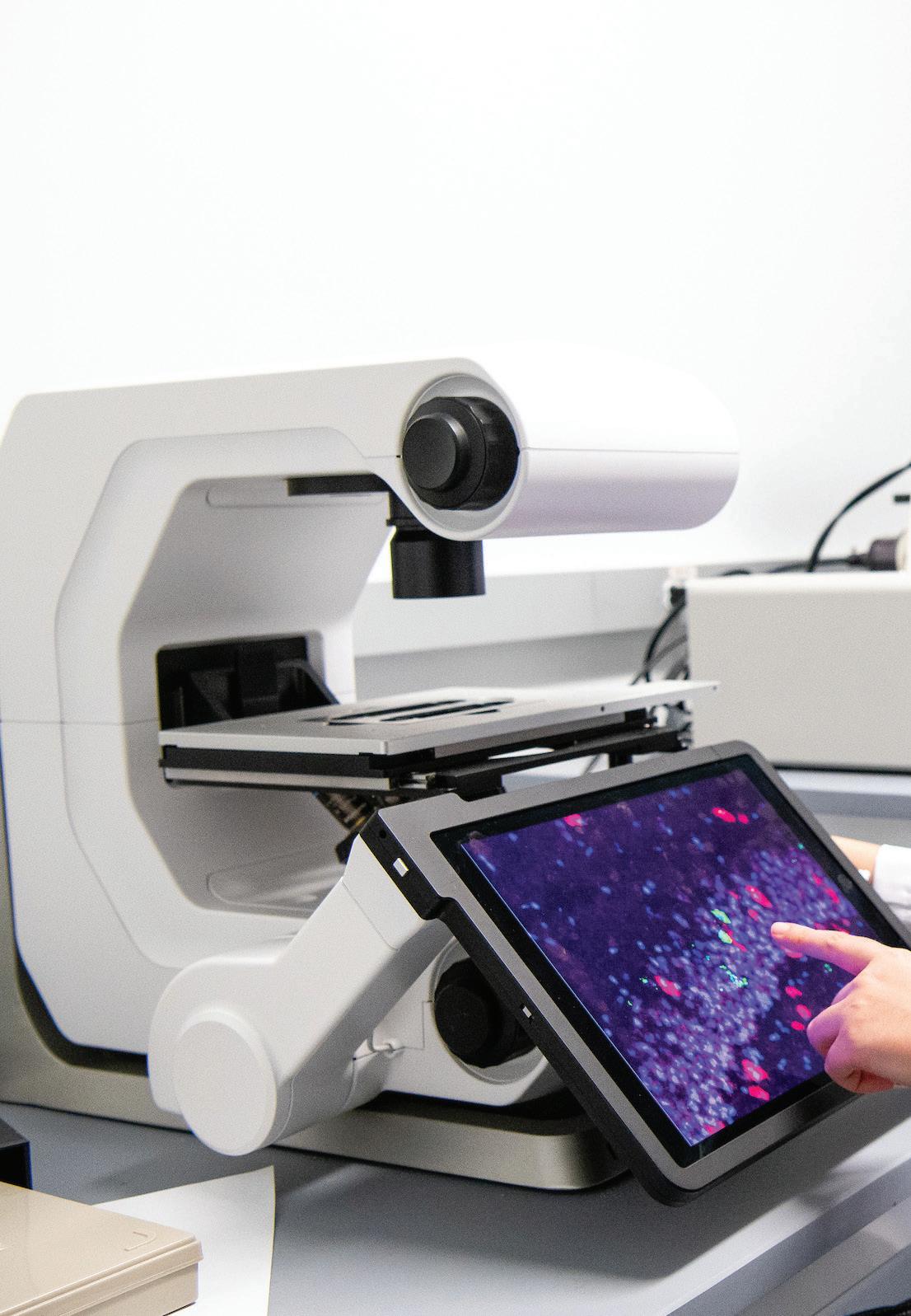
Tufts Clinical and Translational Science Institute is a thriving partnership of 39 organizations with nationally recognized strengths in emergency medicine, large effectiveness trials, clinical trials methods innovations, and translational science education.
The Tufts New England Regional Biosafety Laboratory is a 41,000-square-foot resource available to researchers in industry, academia, government and nonprofits, dedicated to the study of existing and emerging infectious diseases, toxin-mediated diseases, and medical countermeasures important to biodefense.
“Good partnerships grow over time. Our relationship with Tufts started with one conversation and now our teams are finding new ways to collaborate. Leveraging the unique resources and expertise of each party leads to a greater ability to make an impact on society together.”
— Charles Lee Scientific Director
“For innovations to make an impact they need to reach the marketplace... and the Tufts and BioLabs partnership created a space for launching startups: dozens of ideas have started their commercialization journey. Tufts Launchpad | BioLabs’ success is due in major part to our successful relationship with Tufts.”
— Johannes Fruehauf, PhD, MD Founder and President“Puretech Health’s partnership with Tufts University has enabled our company to drive our internal pipeline, mainly through use of the Tufts’ core facilities and resources.”

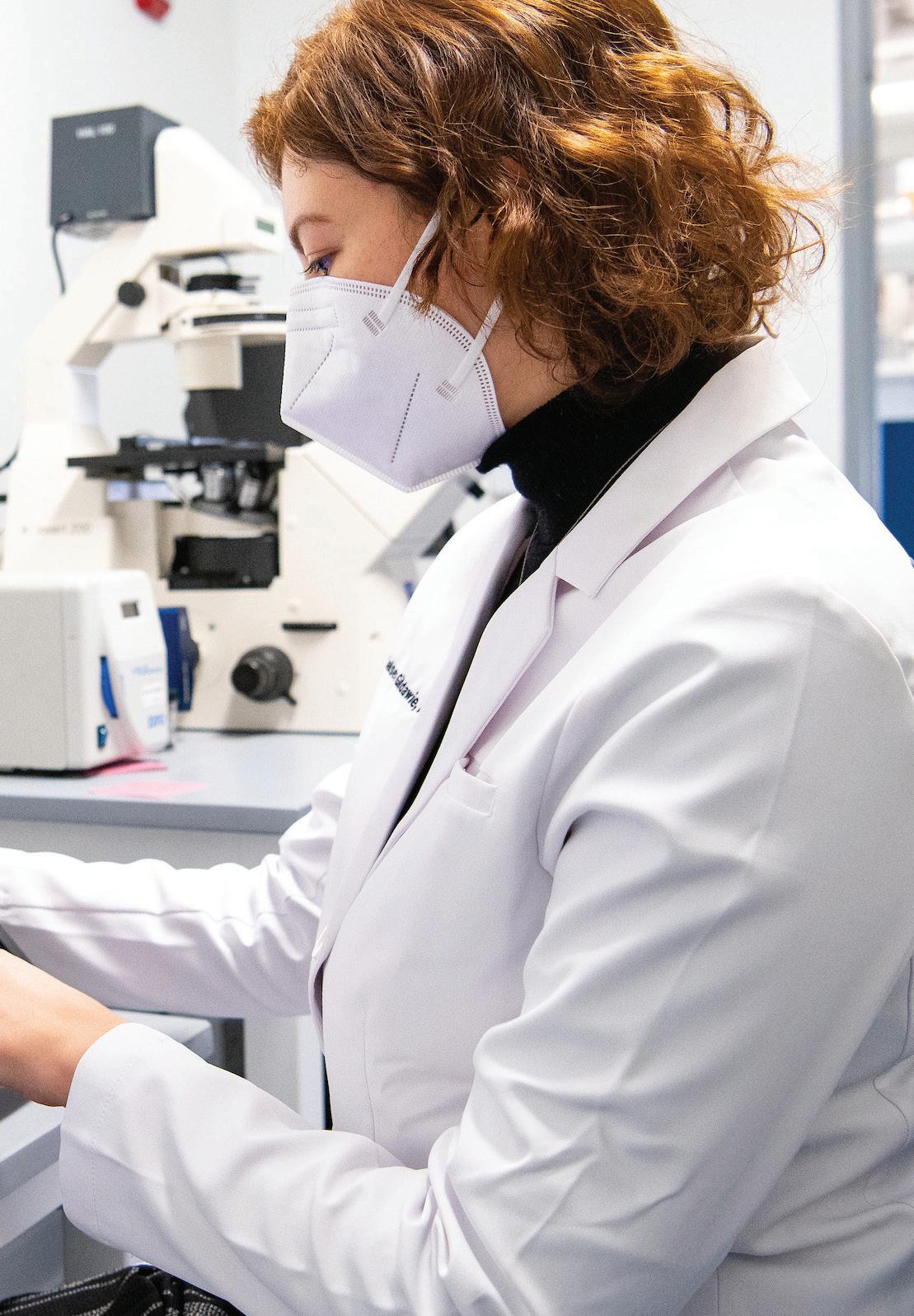 — Joseph Bolen, PhD Chief Scientific Officer
— Joseph Bolen, PhD Chief Scientific Officer

Through funding, training, fellowships, and resources, the Data Intensive Study Center enables excellence in data science scholarship and education at Tufts.
Tufts is home to excellent core facilities, including a high-performance computing cluster, bioinformatics services, digital humanities assistance, and animal-care facilities.
2022 Research & Innovation at Tufts University 9BY THE NUMBERS
Our Research and Innovation Enterprise
At Tufts, research doesn’t just happen in a lab or library it’s connected to the world around us. Our research community integrates scientific work, academic thought, and innovation into policy and practice to impact positively on peoples’ lives. Tufts’ success in growing extramural funding to support our researchers in their cutting-edge work demonstrates our rise to become a preeminent mid-sized research-intensive university.
Total Research Expenditures
Federal Research Expenditures
Tufts researchers are inventing solutions to the world’s greatest problems. Technology Transfer and Industry Collaboration catalyzes the transfer of Tufts’ technologies for global public benefit, including through the promotion of new ventures via startup creation.
Selected indicators of our recent successes and our strengths include:
Tufts Launchpad | Accelerator
At Tufts, we understand that successful technology transfer requires bridging the “valley of death” — the gap between federal funding and commercial interest.
Through active investment in our innovators, Tufts Launchpad | Accelerator (TLA) closes that gap. With funding of up to $75K and business development support, TLA facilitates product development and technology de-risking.
Our goals: attracting follow-on resources and generating licensing interest from existing companies or startups to translate groundbreaking discoveries into useful products
85 Invention disclosures (FY22)
56
New U.S. patents filed (FY22)
16
Licenses/ options concluded (FY22)
7
Technology startups founded on Tufts IP (FY22)
$6,146,444
Total income (FY22)
Tufts President Anthony P. Monaco
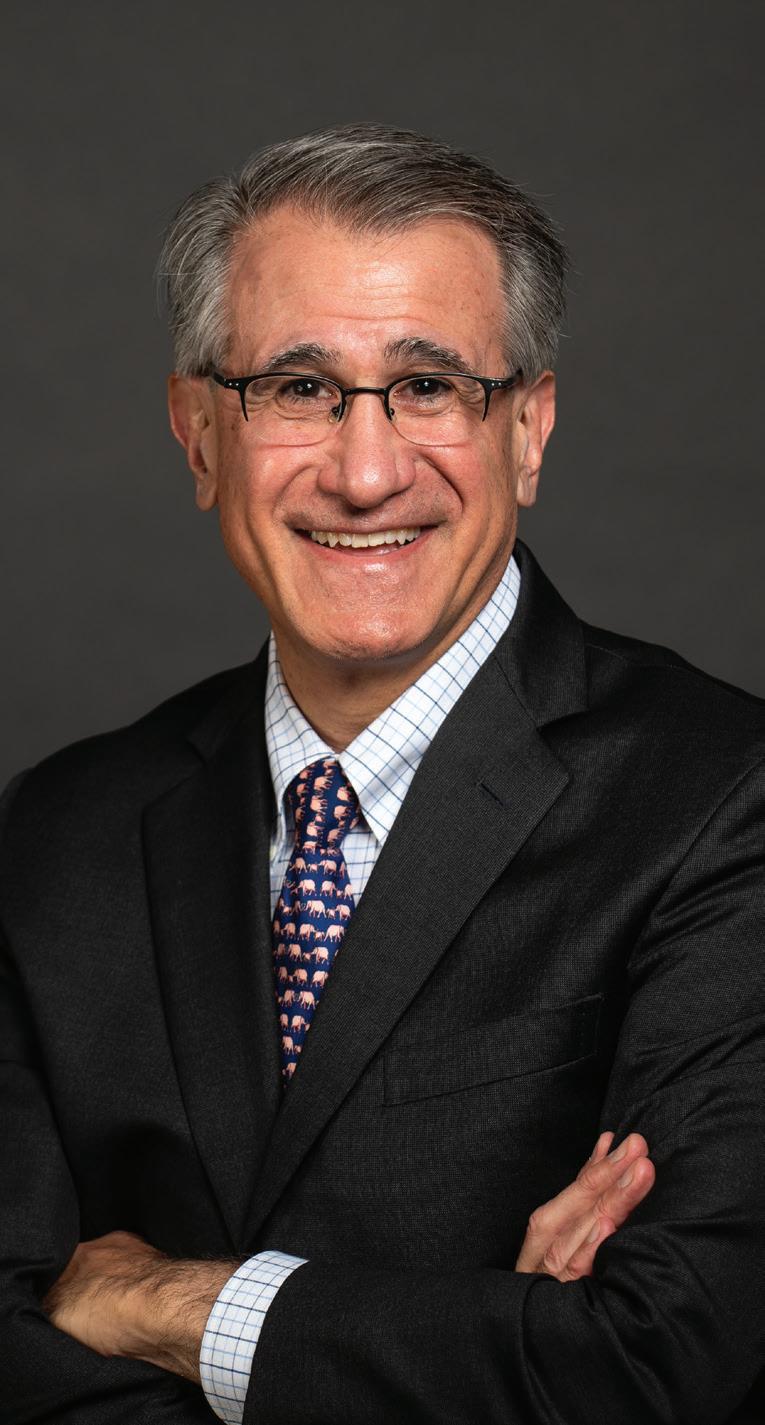
Adistinguished geneticist, Anthony Monaco conducted doctoral research that led to the landmark discovery of the gene responsible for X-linked Duchenne and Becker muscular dystrophies. At Oxford University, he led the Neurogenetics Group, a team of scientists investigating the genetic underpinnings of such neurodevelopmental disorders as autism, specific language impairment, and dyslexia, and his research group was the first to identify a gene specifically involved in human speech and language.
In this interview with Provost ad interim Caroline Genco and Vice Provost for Research Bernard Arulanandam, he discusses his current research at Tufts.
What’s the evidence that the impact of environmental effects and changes can be passed on genetically from one generation to the next? What is the general mechanism through which that occurs?
President Monaco: First, traditional genetics the passing of DNA from one generation to the next does not explain fully the known heritable risks for most common diseases and mental health disorders. Second, in model organisms like yeast, worms, flies, and mice, there is evidence that environmental stress, such as changes in diet and severe infections, can alter RNA levels passed from parents to offspring, which can influence their health. This demonstrates RNA may
work alongside DNA, as joint components of the heritable information passed across generations. They probably work on two different time scales: DNA changes on the evolutionary time scale of thousands to millions of years, while RNA can act more transiently across multiple generations as an epigenetic code in response to environmental change.
You’ve studied the evolution of this RNA epigenetic regulation across many different species. How ancient and conserved is it?
We’ve studied a mechanism whereby RNA molecules can find partners through a process called transsplicing. It gives RNA memory, since it can find older
evolutionary relationships among other RNA molecules in the cell, thereby utilizing previous established partnerships. RNA can also establish new relationships that may provide benefit to the organism, given a harsh environment such as a viral infection. These new relationships, if beneficial, may eventually drive changes at the DNA level, and thus DNA and RNA can co-evolve. RNA has the main role of adapting the cell to environmental stress and remembering these old and new partnerships to improve the response upon repeated exposure. RNA changes can be passed across generations, giving the next generation an advantage if the environmental stress continues.
The trans-splicing mechanism has been known to occur in all living species, including bacteria. The specific mechanism we have uncovered, which responds to environmental stress, dates to the earliest invertebrate organisms. We have preliminary evidence that it might occur in some bacteria, which means it could be billions of years old.
What are circular RNAs and what did you find that you named Jumbo circRNAs, or Jumbo circles? Why are they significant?
Circular RNAs are produced when a linear RNA molecule, generated from the DNA chromosome template, joins its ends together through a trans-splicing event to form a circle. Instead of making a partnership with another linear RNA molecule, it can form a self-partnership with its own ends, thereby generating a circular RNA. They seem to be important in fetal development, especially in the brain and heart, and are necessary for a process called RNA editing, which happens on the circles, thereby providing further variability to match the environmental challenge.
In the last eight years, circular RNAs have been characterized for about one-third of human genes, but they are usually smaller than the gene itself. What we found was very large, circular RNAs (which we called Jumbo circles, given their size) that can encompass many genes that are adjacent on the chromosome. We even found evidence that they may form double-stranded circular RNAs, which we called Double Jumbos.
The Jumbo circles are significant since they seem to be produced after cellular stress caused by viral infection or other factors. They may help the cell return to normal after the stress, by eliminating badly formed proteins efficiently. If this cleanup process after a stress does not work properly, it may chronically impair cellular function leading to mental health disorders and neurodegenerative disease. These Jumbo circles may be heritable and would be part of the RNA memory of previous environmental exposures to the next generation.
What is the relevance of small and large circular RNAs to neurodevelopmental disorders such as autism? How can your findings improve diagnosis or treatment of such disorders?
Autism is the most heritable of all mental health disorders, yet DNA changes account for less than 40 percent of the risk. Therefore, there is adequate room for a parallel RNA effect working alongside DNA. Recently, it has been shown that the brains of individuals with severe autism may not edit their RNAs well, thereby disturbing the normal process of brain development and reducing the adaptive mechanism to environmental change.
We plan to explore if the basis for the reduced RNA editing in autism is due to a reduction of both small and Jumbo circular RNAs. We can then test if this is a contributing heritable effect and try to understand the environmental stimulus in parents. This would have direct diagnostic and therapeutic potential, especially given the proposed epigenetic mechanisms are transient and therefore reversible, unlike DNA changes.
Who has been involved in this work?
This project has been a journey of interdisciplinary scientific discovery in which many faculty, staff, and students across Tufts have helped me understand the details or relevance. This includes faculty and students in public health, psychiatry, infectious disease, genetics, biology, mathematics, computer science, and biomedical engineering. It truly has been an interdisciplinary effort.
TUFTS IN THE MEDIA

Maximizing Our Reach
Frogs Regrow Missing Limbs in Lab Study, Advancing Key Effort of Regenerative Medicine
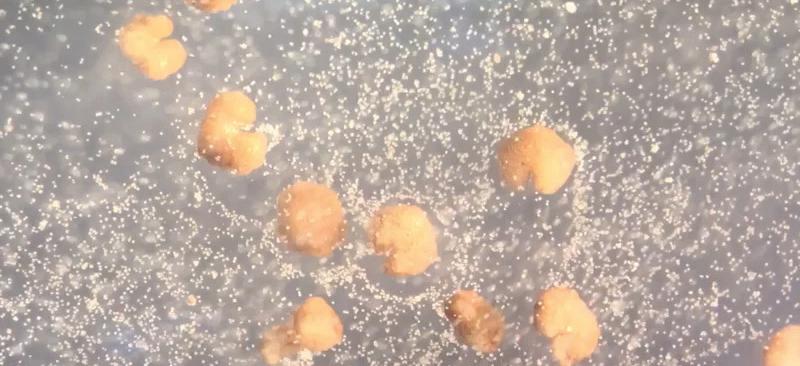
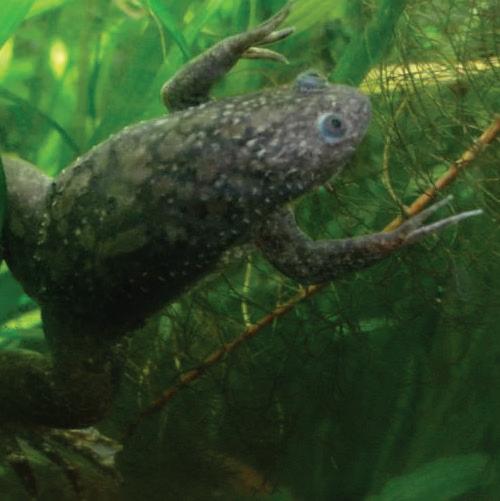
JANUARY 26, 2022
Featuring: Michael Levin, Vannevar Bush Professor of Biology, Distinguished Professor, director of the Allen Discovery Center, and director of the Tufts Center for Regenerative and Development Biology and David Kaplan, Stern Family Endowed Professor of Engineering, Distinguished Professor, and director of the Initiative for Neural Science, Disease and Engineering
Living robots made in a lab have found a new way to self-replicate, researchers say
DECEMBER 1, 2021
Featuring: Michael Levin, Vannevar Bush Professor of Biology, Distinguished Professor, director of the Allen Discovery Center, and director of the Tufts Center for Regenerative and Development Biology
Pregnant But Unequal: A legacy of injustice and inequity underpins reproductive health care disparities faced today by people of color.
AUGUST 11, 2022

Featuring: Ndidiamaka Amutah-Onukagha, Okoro Professor of Black Maternal Health and founder/ director of the Maternal Outcomes for Translational Health Equity and Research (MOTHER) Lab

A Gull Flaps Its Wings and a Deadly Virus Explodes
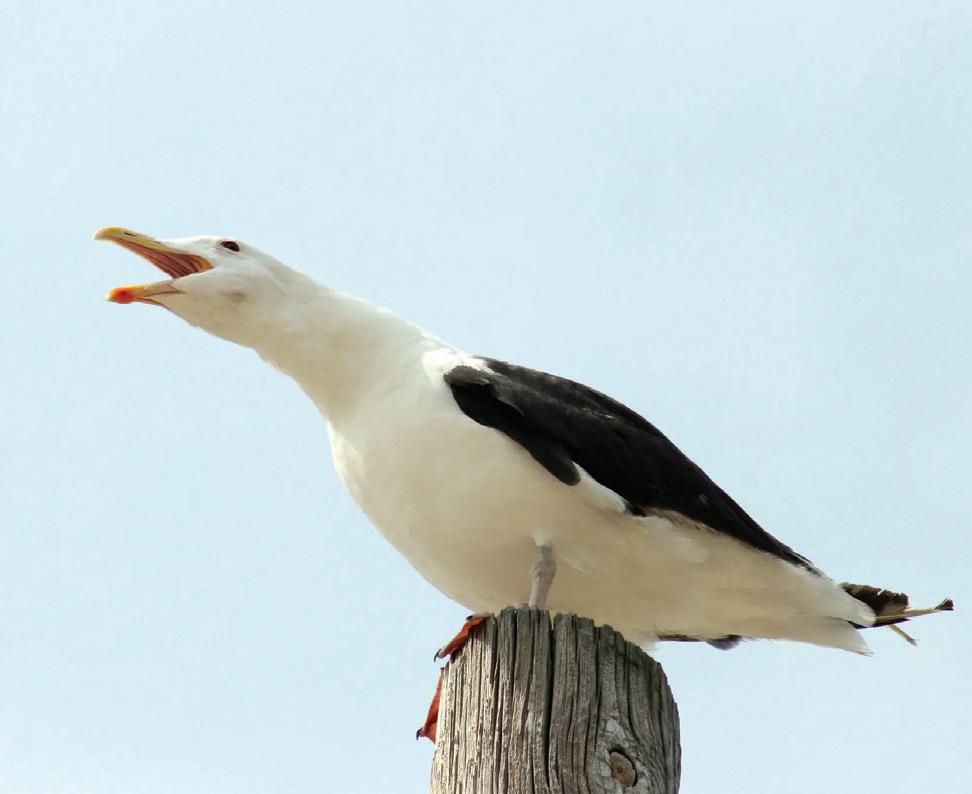
JUNE 17, 2022
Featuring: Jonathan Runstadler, Professor and Chair of the Department of Infectious Disease and Global Health
Is red meat really bad for your heart? The answer may be in your gut
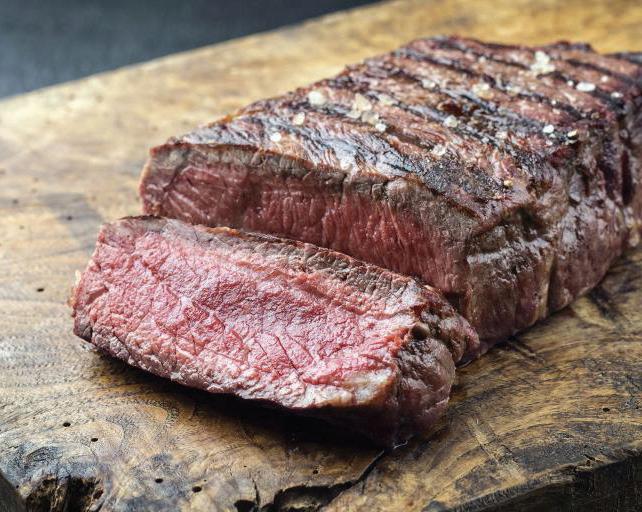
AUGUST 3, 2022
Featuring: Meng Wang, Postdoctoral Fellow and Dariush Mozaffarian, Jean Mayer Professor and Dean for Policy at the Friedman School of Nutrition Science and Policy
New Lyme diagnostic could pinpoint disease earlier
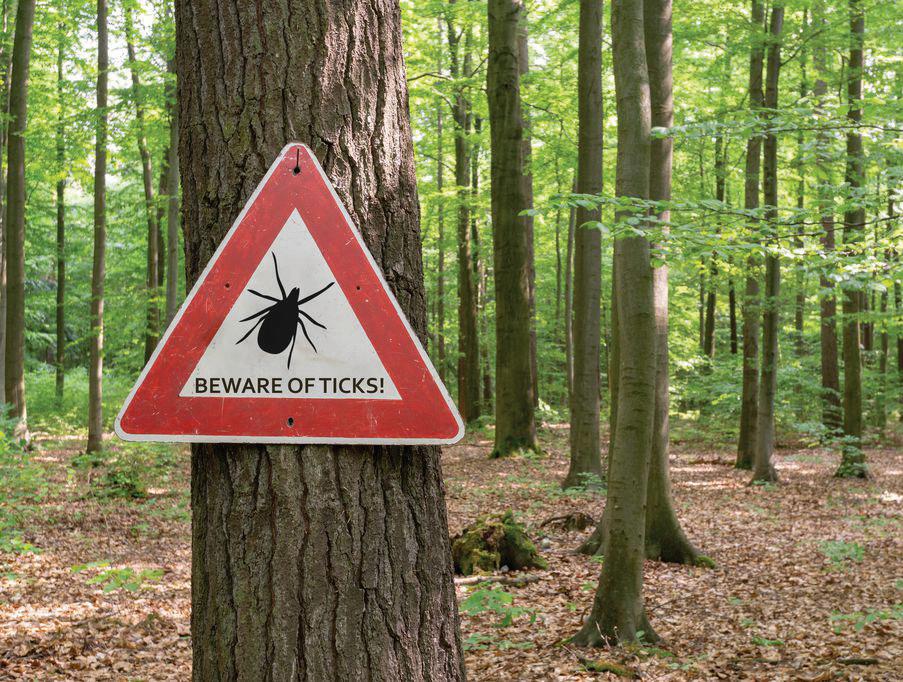
APRIL 3, 2022


Featuring: Peter Gwynne, Research Assistant Professor, Molecular Biology and Microbiology and Linden Hu, Chervinsky Professor in Immunology

To Our New Partners:
As these pages show, at Tufts, we have the people, facilities, and expertise to answer impactful research questions, to bring innovations from bench to bedside, and to perform world-class scholarship.
Now, we need you.
We invite you to join us in our groundbreaking research and scholarship.
As a partner with Tufts, you will gain access to our highly regarded faculty, our diverse and talented students, and the laboratory and academic spaces needed to get work done.
We look forward to teaming up with you to confront some of the greatest challenges we face as a society and finding solutions together.
Caroline Genco PROVOST AND SENIOR VICE PRESIDENT AD INTERIM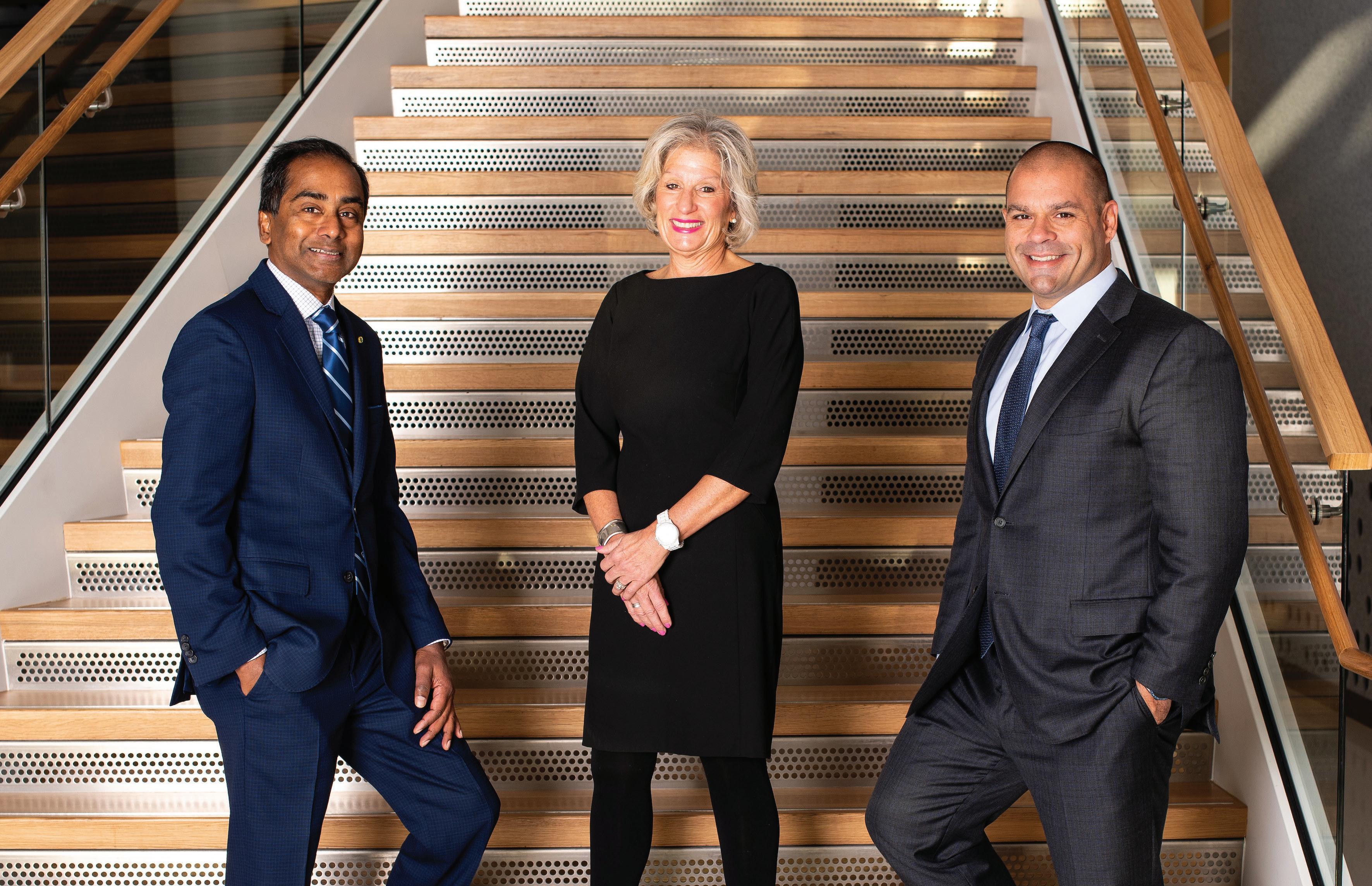 Bernard Arulanandam VICE PROVOST FOR RESEARCH
William Shaw VICE PROVOST FOR INNOVATION
Bernard Arulanandam VICE PROVOST FOR RESEARCH
William Shaw VICE PROVOST FOR INNOVATION
Our Commitment to Inclusive Excellence
An institution built on a longstanding tradition of social justice and civic engagement, Tufts is deeply committed to achieving and maintaining inclusive excellence.
That means creating a community where each person feels a sense of belonging, and everyone has the resources they need to participate fully in the research, innovation, and scholarship mission.
In support of this commitment, in 2020, the university announced Tufts as an Anti-Racist Institution, a significant strategic investment aimed at eradicating structural racism at Tufts, and, further, taking the steps necessary to become what every member of our community would view as an anti-racist institution. Tufts has committed no less than $50 million of university resources over five years to support these efforts towards anti-racism.
Tufts’ experts engage in national conversations designed to identify, analyze, and
challenge racism and white supremacy in higher education. We not only support the broader goal of full access and participation for all in higher education, but also seek to address the most important issues facing higher education in the 21st century.
And our view of inclusive excellence extends far beyond our campus borders, to our global community of stakeholders and our fellow community-engaged researchers. They are the partners and experts with whom we work shoulder to shoulder to co-create knowledge and pursue the goal of greater social justice.
Our commitment to inclusive excellence acknowledges two truths above all others:
Tufts’ excellence is only as great as the sum of the people who invest their own excellence in our shared enterprise. And diversity, equity, inclusion, and justice are not just our bedrock values but also the source of our exceptional research productivity and intellectual strength.
